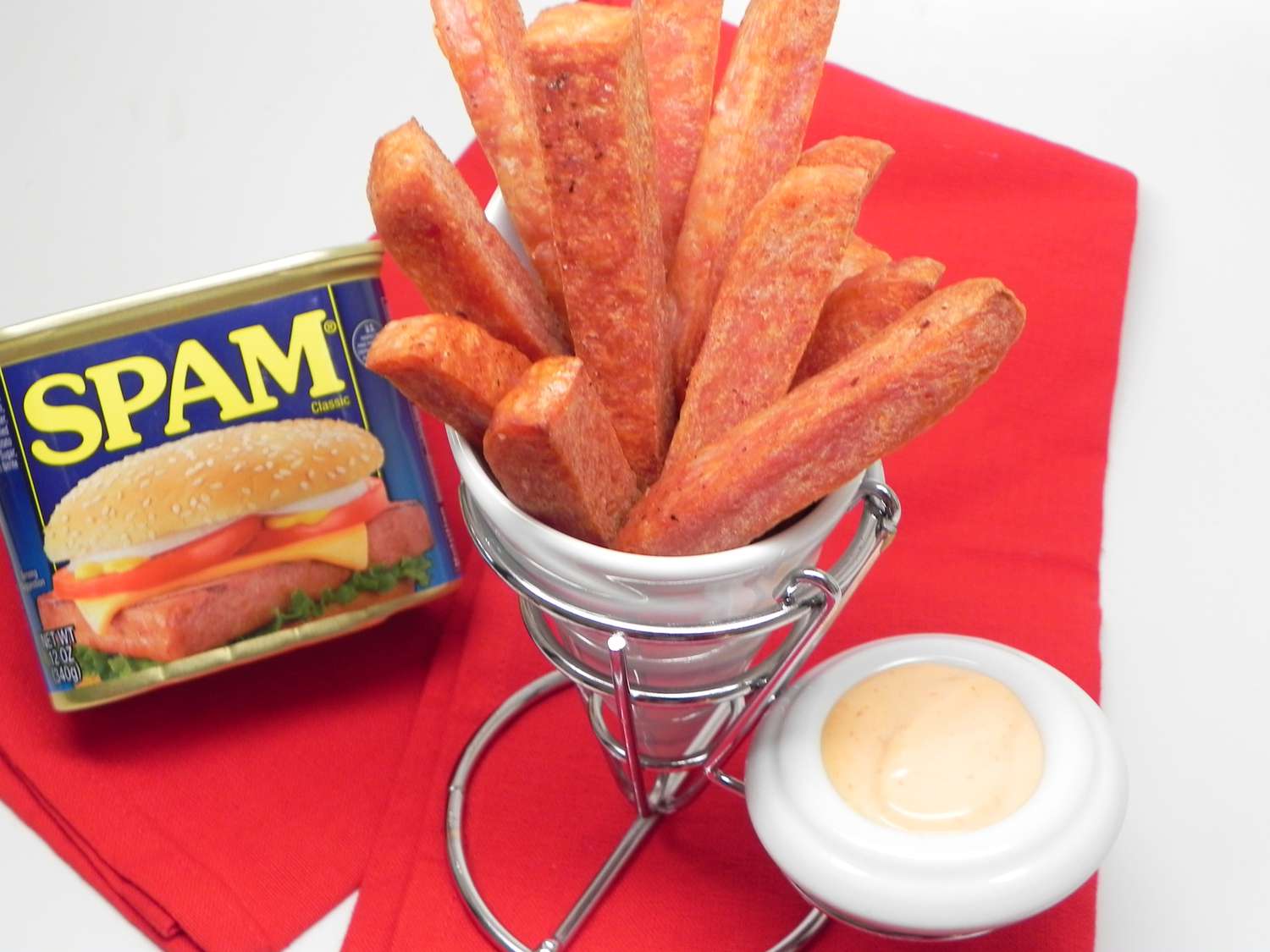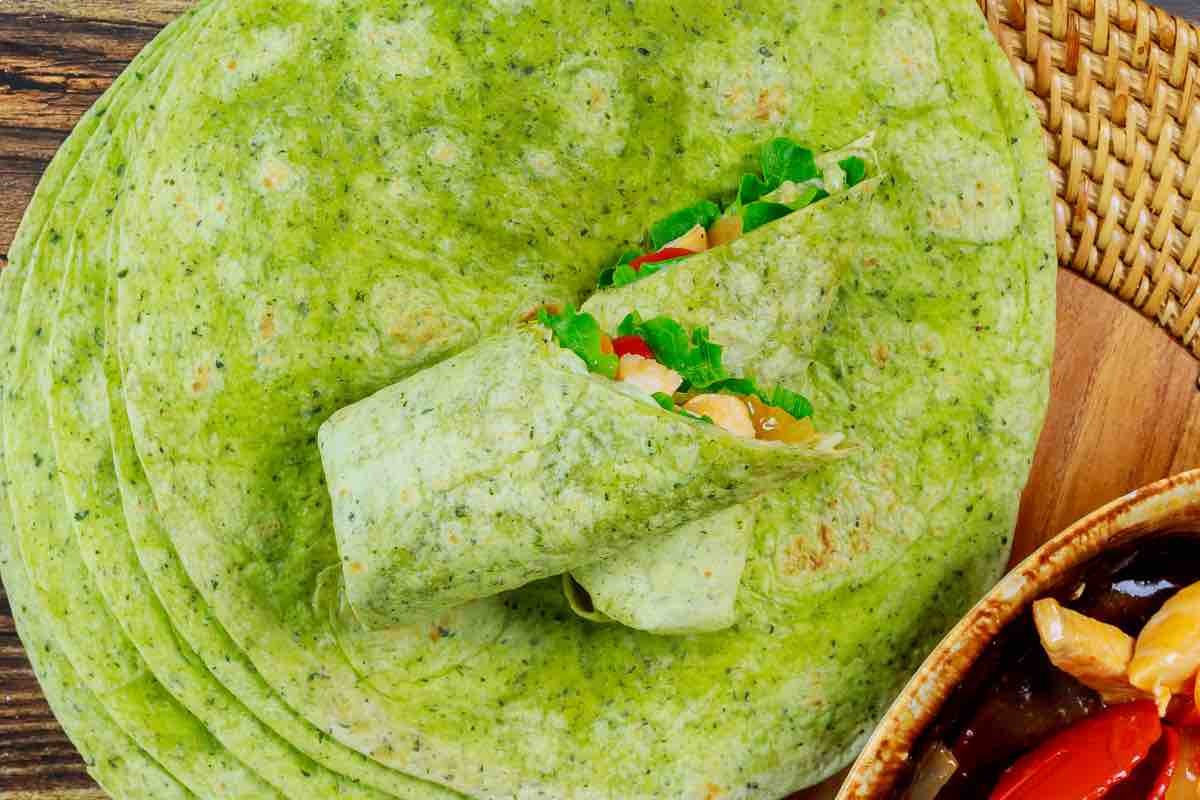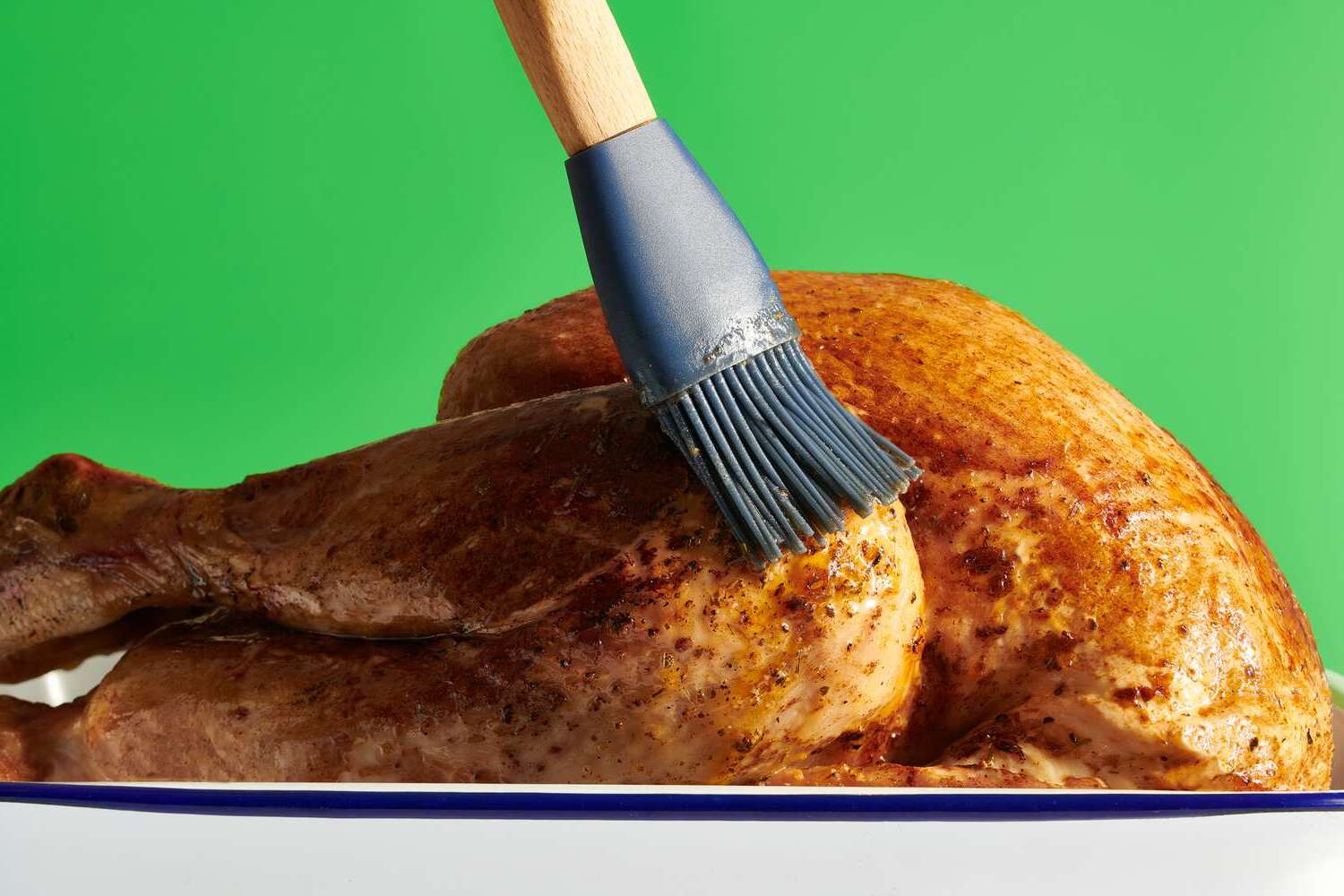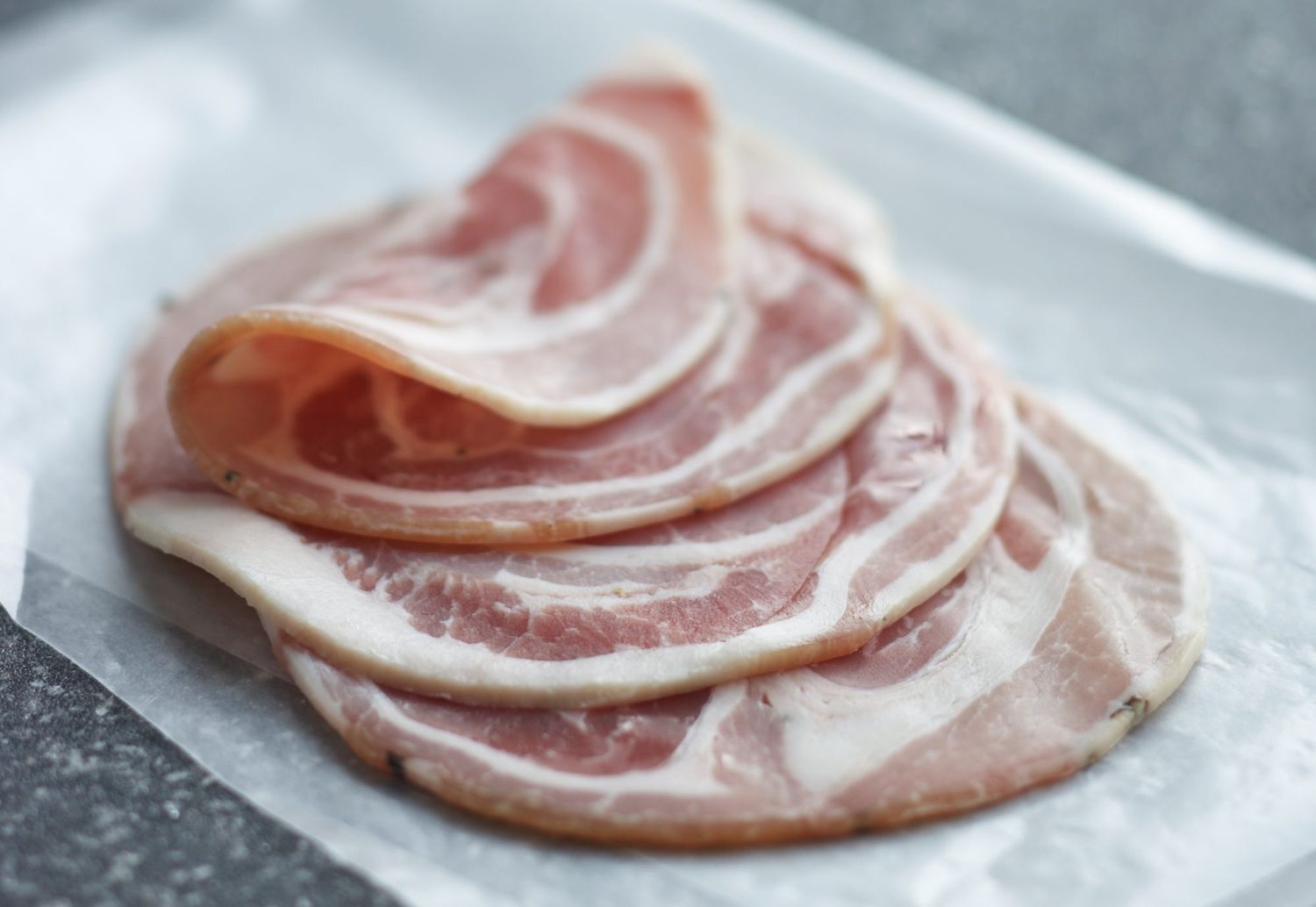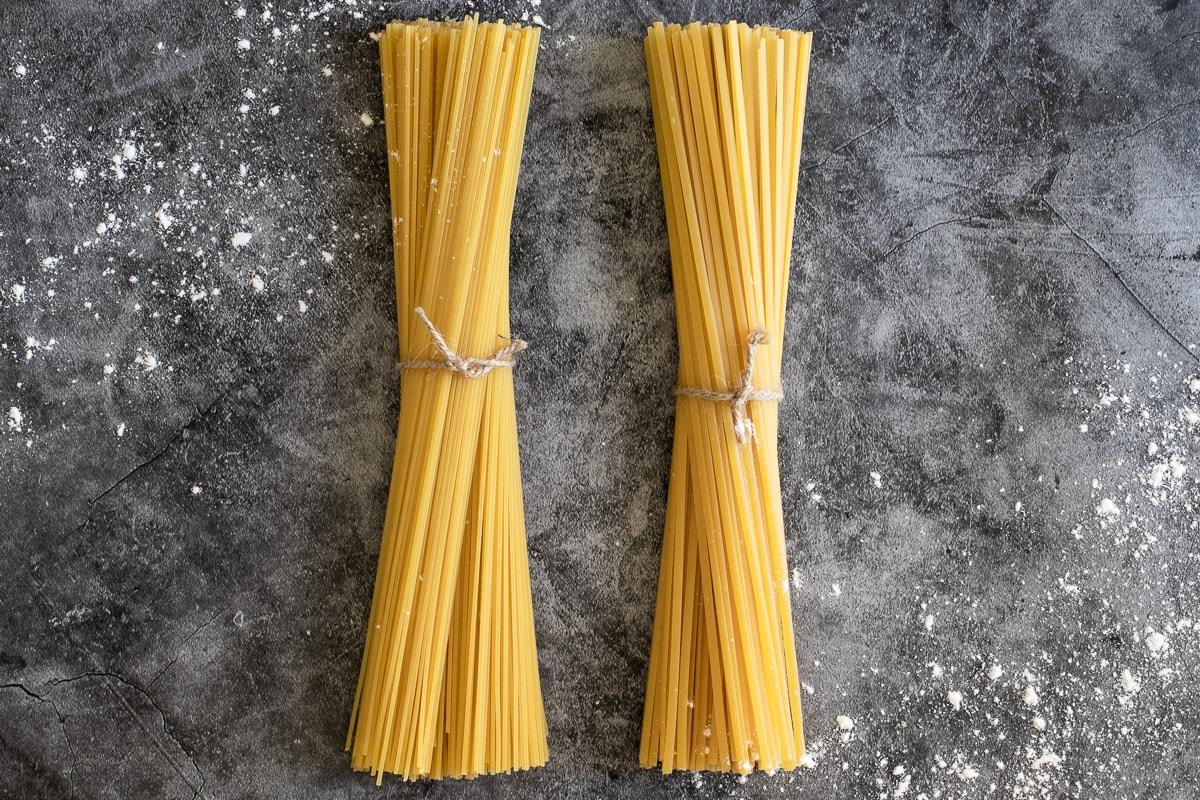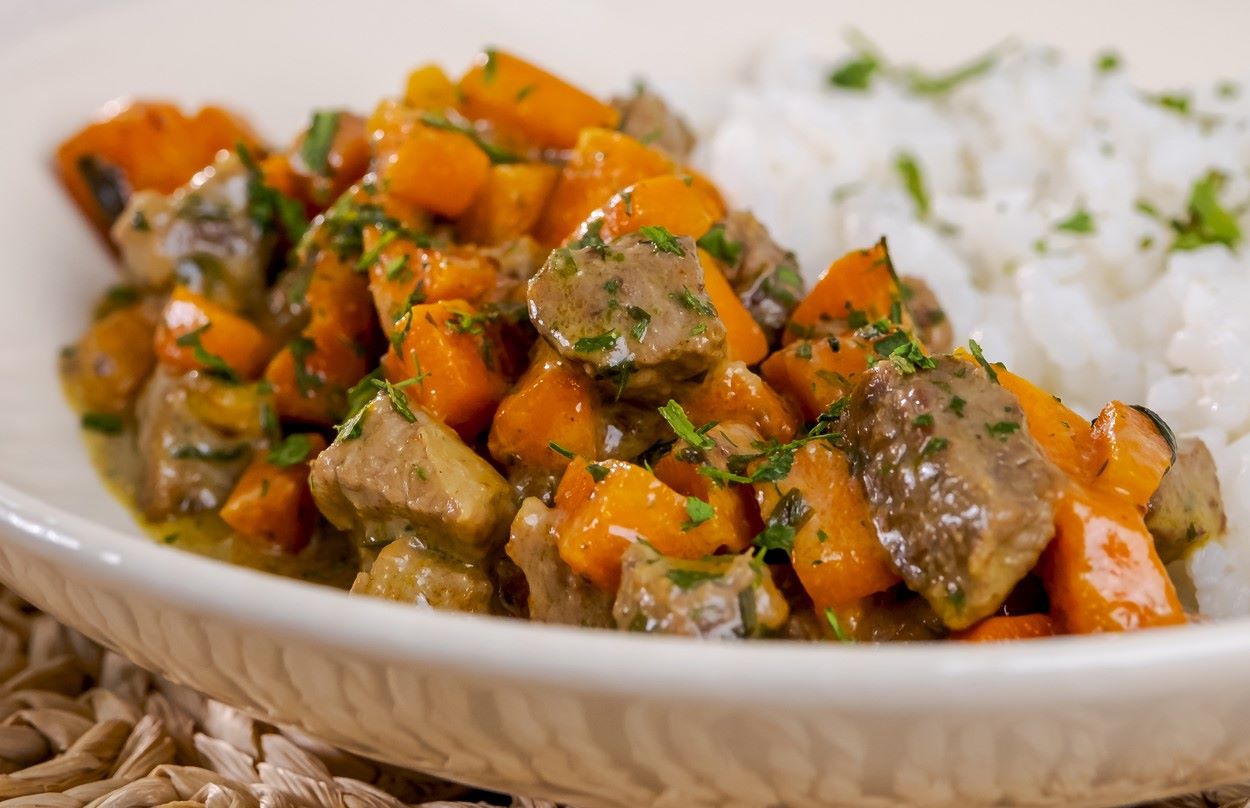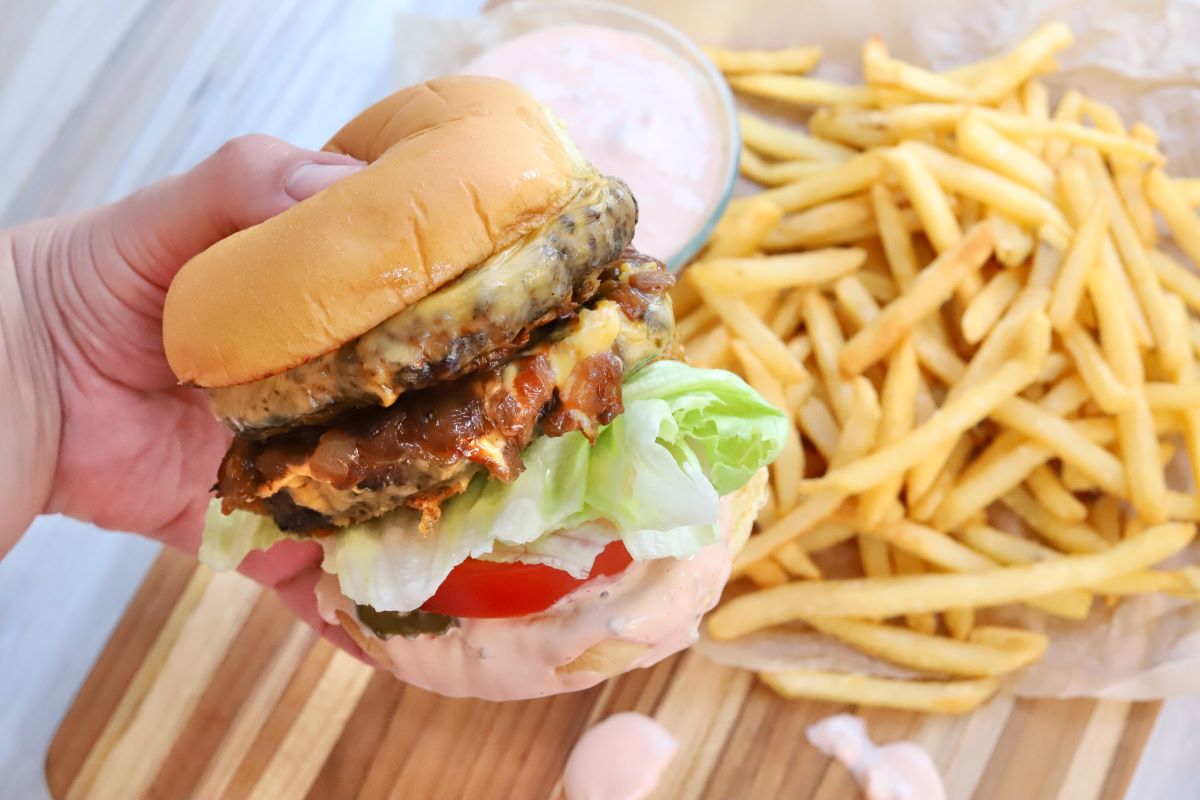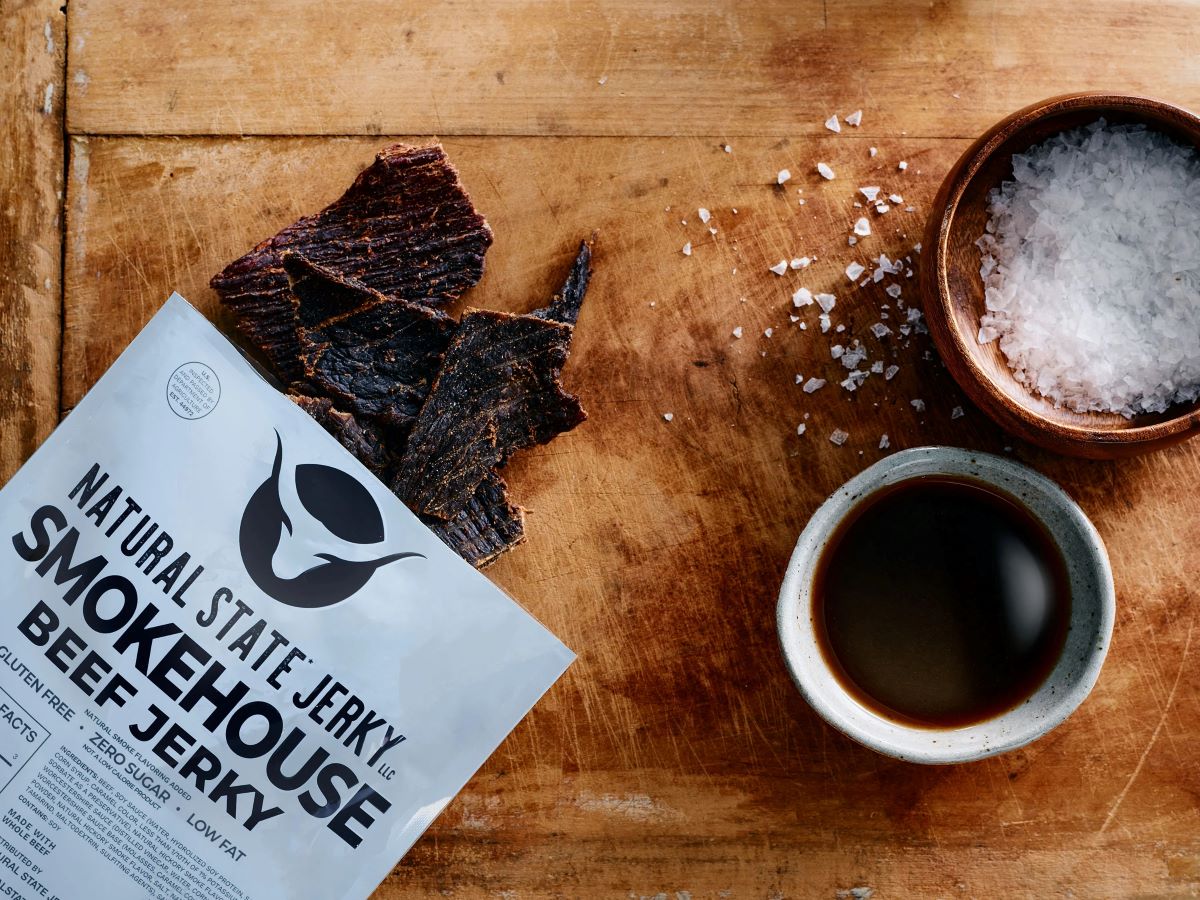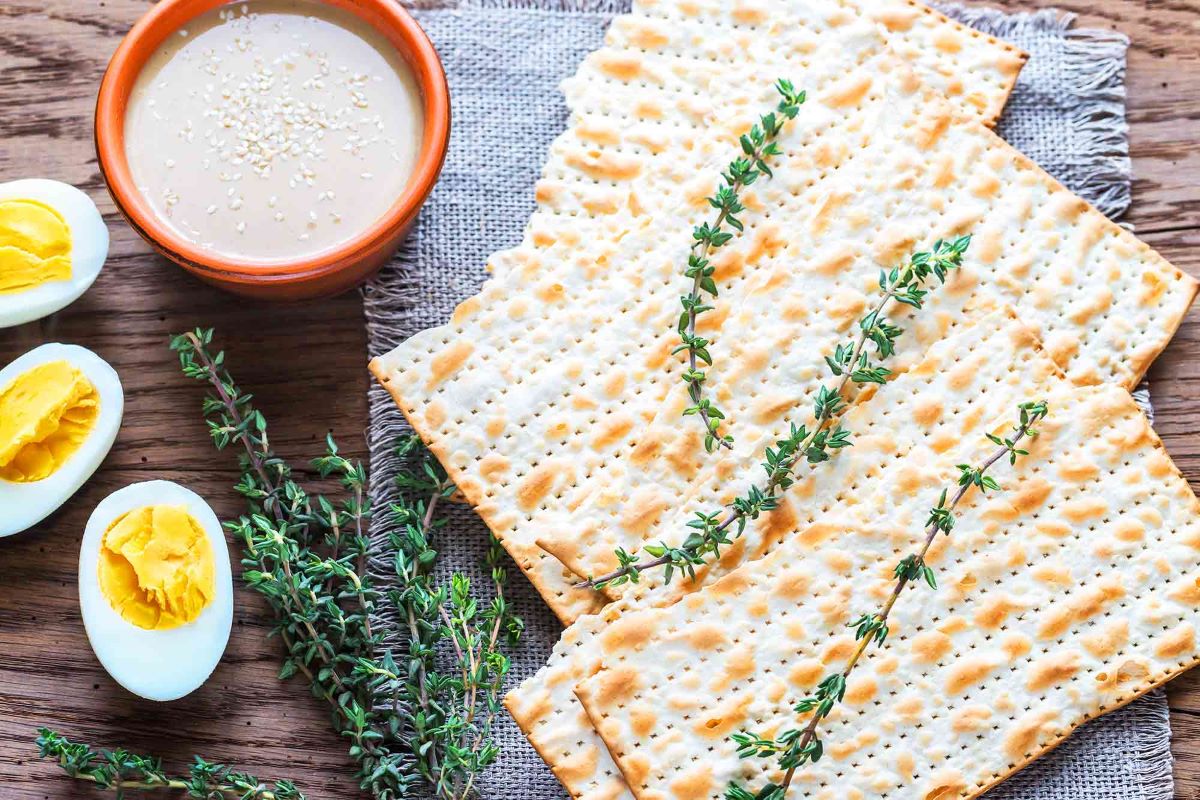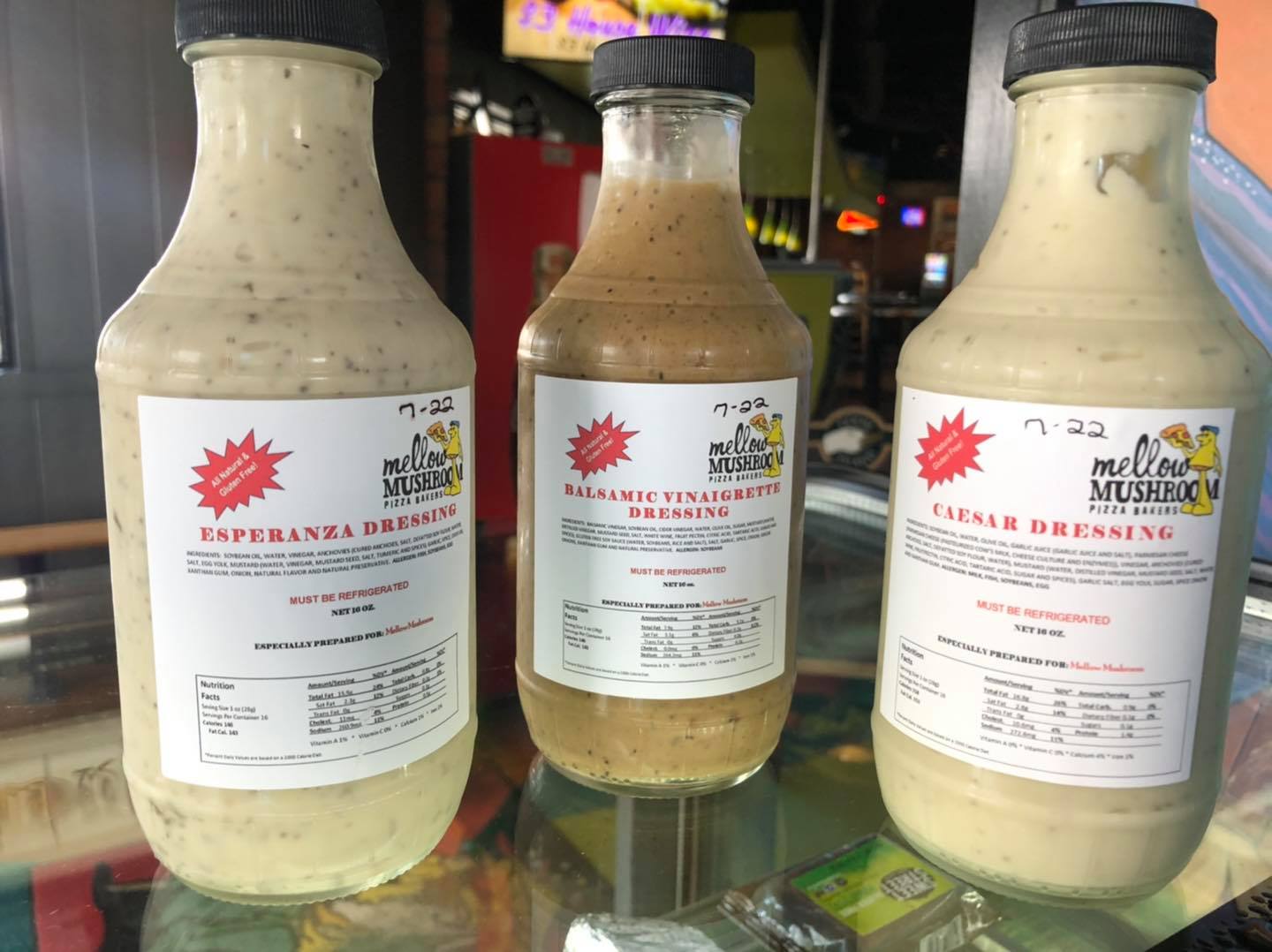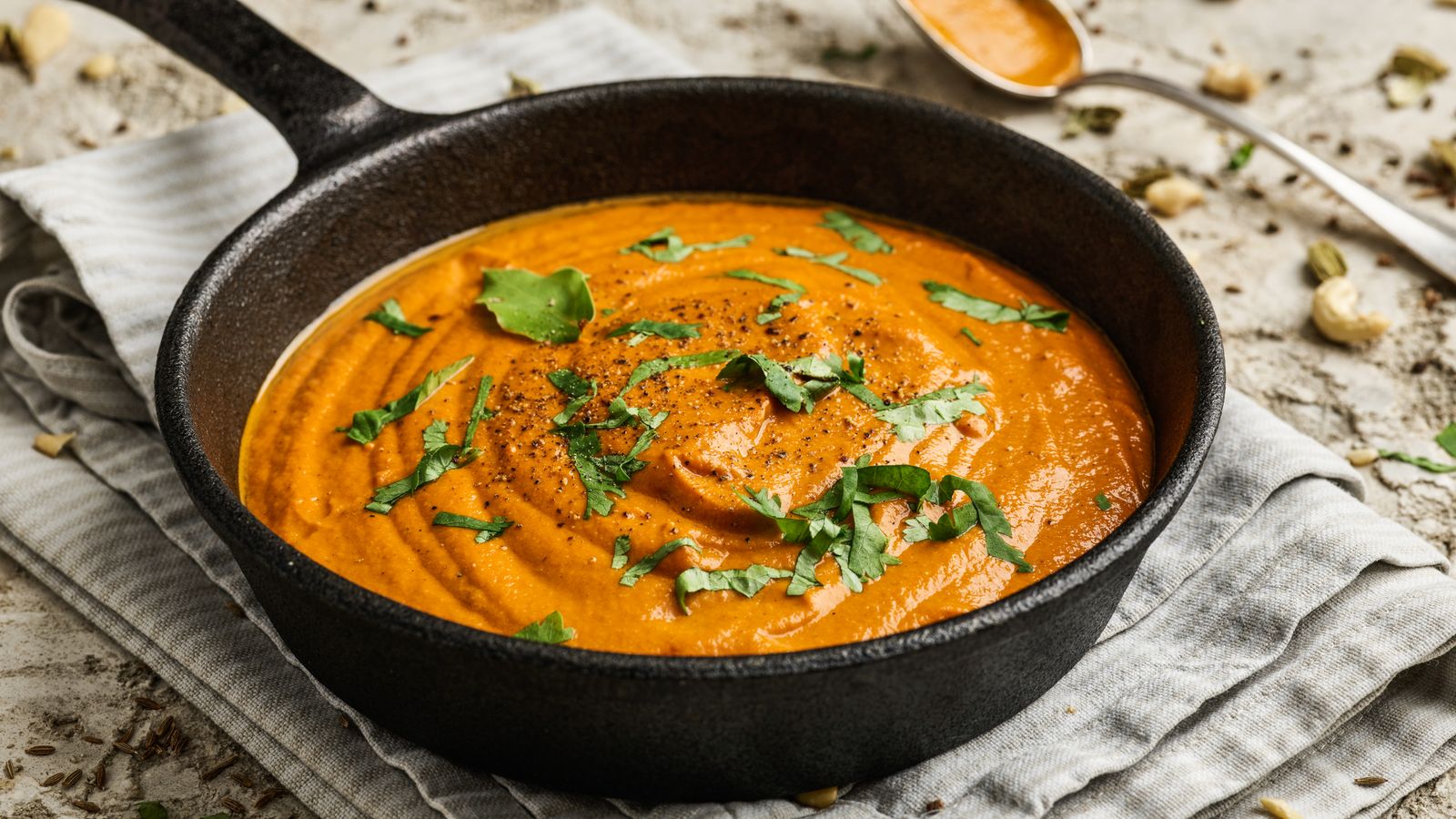When it comes to preserving and enhancing the flavor of fruits and vegetables, pickling is a popular method that has been used for centuries. Pickling lime is a key ingredient in this process, but what exactly is it and how is it used? In this article, we'll explore the ins and outs of pickling lime and its role in the pickling process.
What Is Pickling Lime?
Pickling lime, also known as hydrated lime or slaked lime, is a chemical compound that is commonly used in pickling and food preservation. It is a white, alkaline powder that is made from limestone. When mixed with water, pickling lime creates a solution with a high pH, making it an effective agent for preserving fruits and vegetables.
How Is Pickling Lime Used?
Pickling lime is primarily used to crisp pickles and other fruits and vegetables. It works by removing the natural acidity from the food, which can help maintain their firmness during the pickling process. Additionally, pickling lime can also enhance the color and flavor of the produce, resulting in a more vibrant and flavorful end product.
Safety Precautions
While pickling lime is a valuable tool in the pickling process, it's important to use it with caution. Due to its high alkalinity, pickling lime can be caustic and should be handled carefully. When working with pickling lime, be sure to follow these safety precautions:
- Use Gloves: Always wear gloves when handling pickling lime to protect your skin from irritation.
- Avoid Inhaling: Pickling lime should be used in a well-ventilated area to prevent inhalation of the fine particles.
- Store Properly: Keep pickling lime in a tightly sealed container away from moisture to prevent it from clumping or becoming less effective.
Where to Find Pickling Lime
Pickling lime can typically be found in the canning or baking section of grocery stores. It is often sold in small containers and is relatively inexpensive. If you're unable to find pickling lime in your local store, it can also be purchased online from various retailers.
Alternatives to Pickling Lime
If pickling lime is not readily available, there are alternative methods for achieving crisp pickles. One common alternative is to use food-grade calcium hydroxide, which can serve a similar purpose to pickling lime. Additionally, some recipes call for soaking the produce in a saltwater solution to achieve crispness.
Conclusion
Pickling lime is a valuable tool in the pickling process, helping to maintain the firmness, color, and flavor of pickled fruits and vegetables. While it should be used with caution, pickling lime can be a game-changer for home picklers looking to achieve the perfect crunch in their pickles. Whether you're a seasoned pickling enthusiast or a beginner looking to try your hand at pickling, pickling lime is a key ingredient to consider adding to your pantry.
Was this page helpful?
Read Next: What Is A Substitute For Lemon Rind
